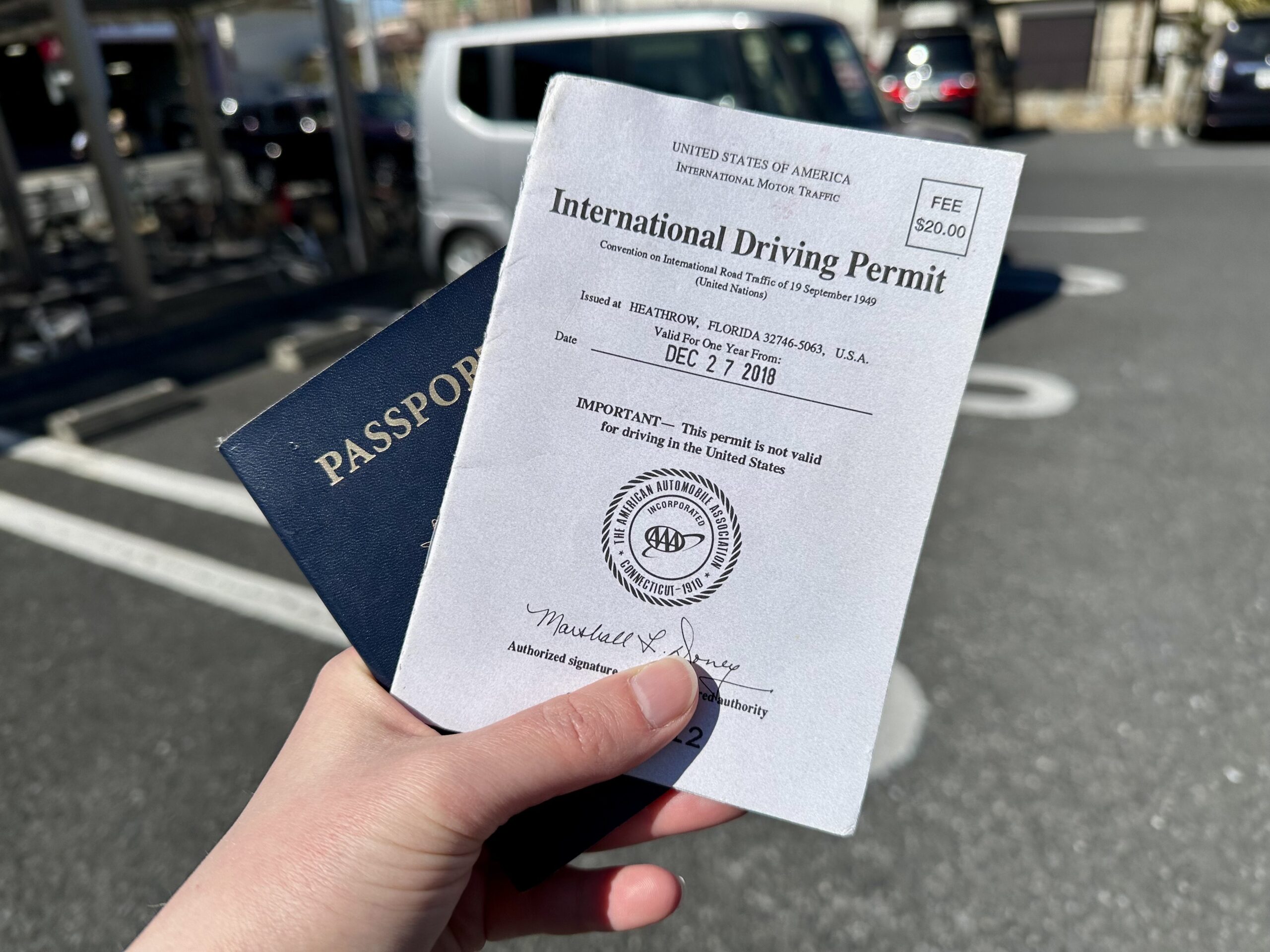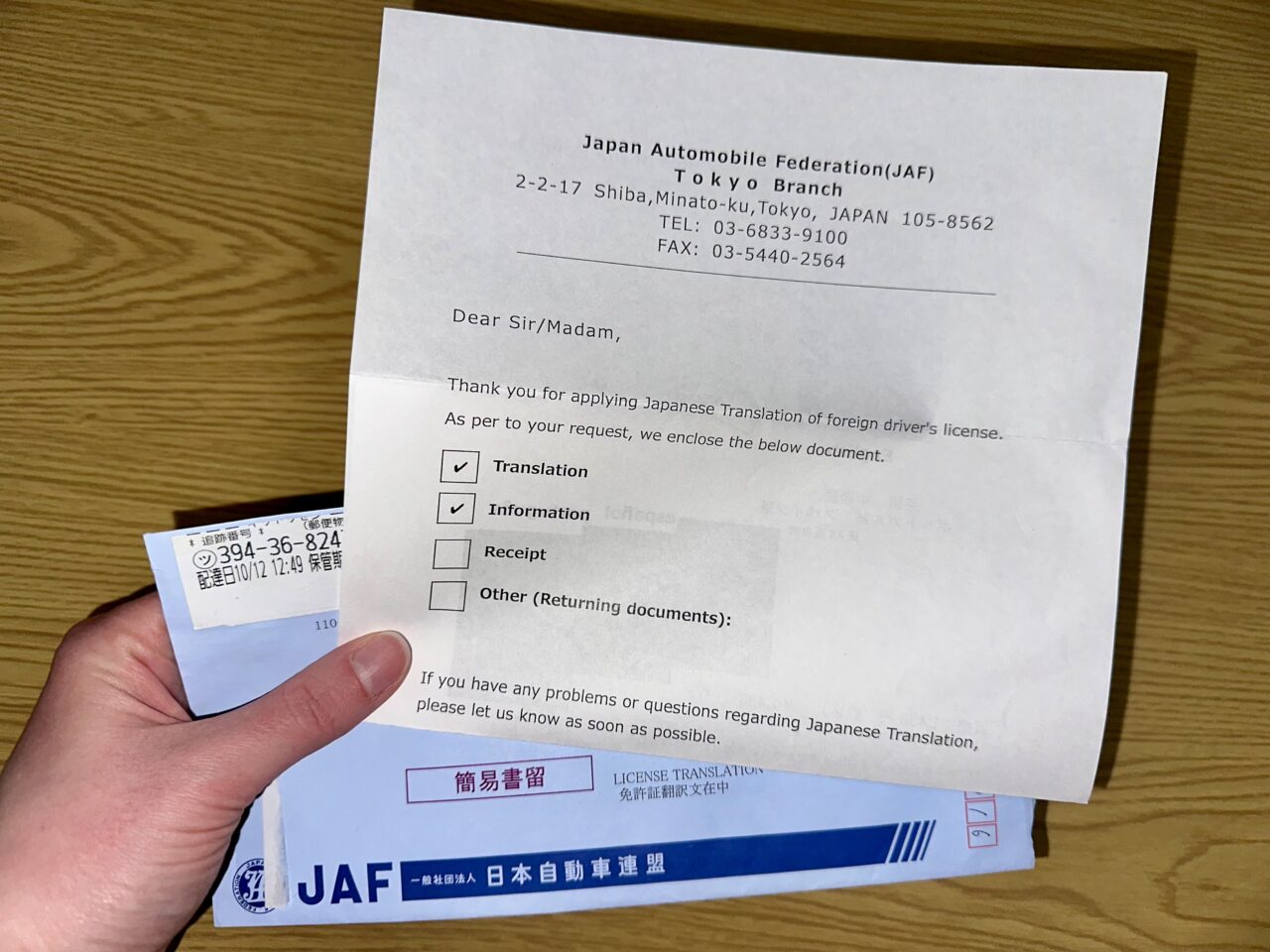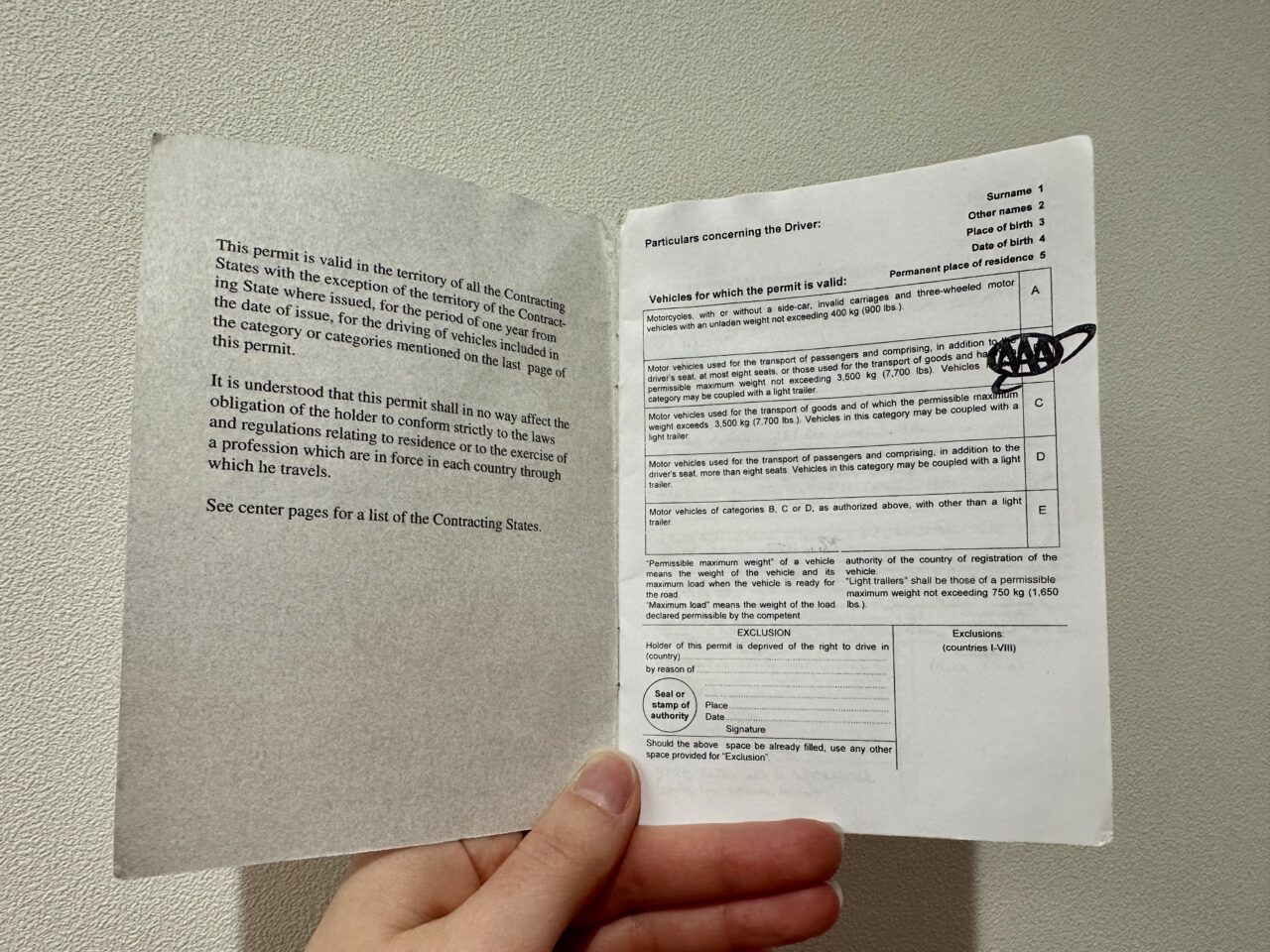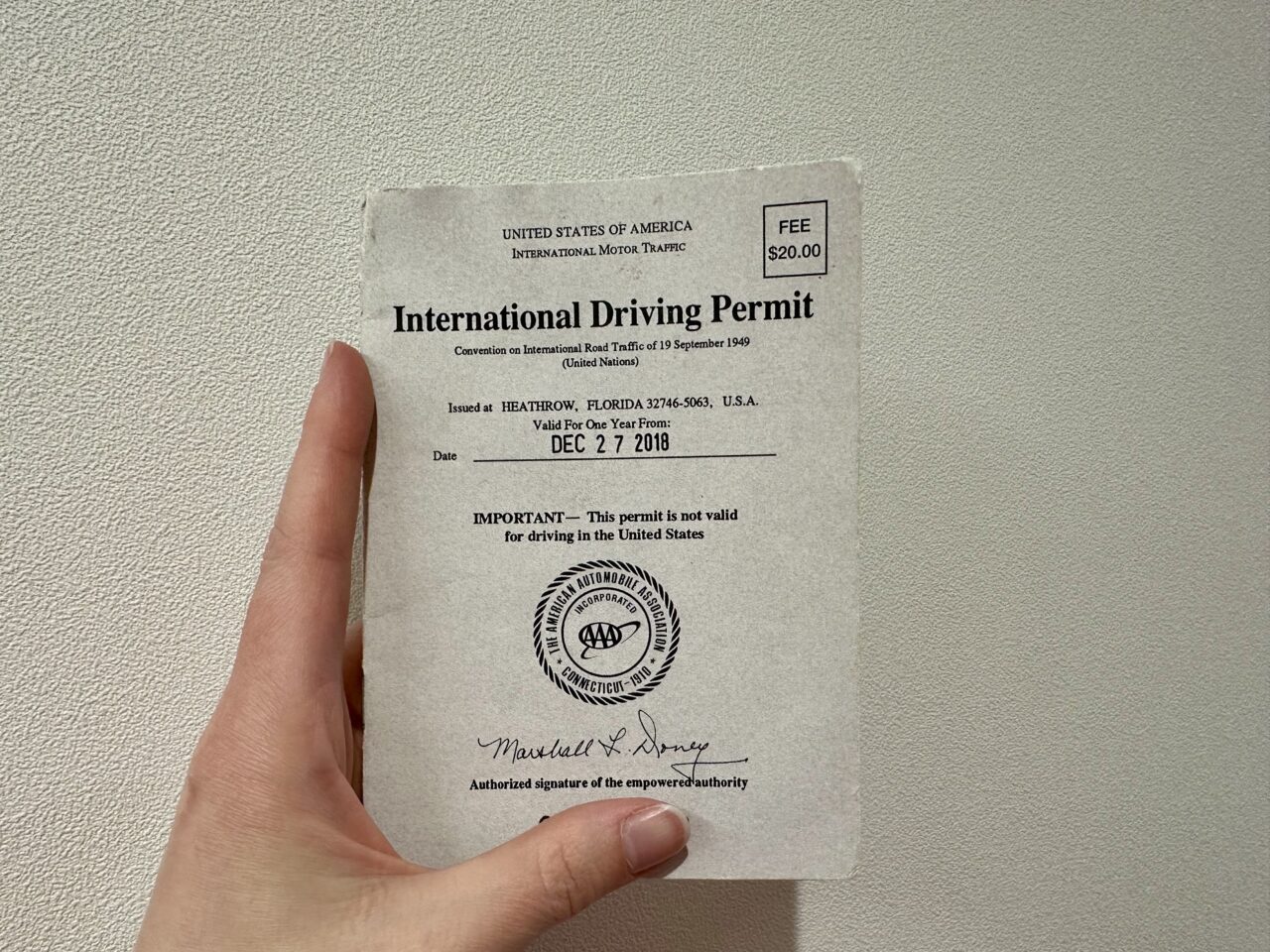Hit the Road Jack- Driving in Japan Without a Japanese License


Written by
Name: Stephanie
Country of origin: USA
How long you’ve lived in Japan: 6 years
Where you live in Japan: Tokyo (and 1 year in Gunma)
Instagram
Have you ever thought about driving in Japan? Whether you’re living or traveling in Japan, there are plenty of reasons to want to drive here! Today we’ll talk about the two ways to drive in Japan temporarily, so buckle up!
Why Drive in Japan?
While Japan’s public transportation infrastructure is top notch, depending where you’re going, driving might be the better option. There are basically three main reasons I choose to drive sometimes in Japan: my destination is remote so there isn’t much public transportation; my destination is accessible by public transport but there are too many transfers involved; or it’s cheaper to split the cost of renting, gas, and tolls between a group of friends than paying the train fare for a everyone in a group.
Of course, there are other special scenarios, too. Many people in Japan have to drive for work, especially outside of Tokyo; I did when I lived in rural Gunma Prefecture for a year. Some of my friends have a car because they have children; some drive to large stores like Costco or IKEA; and I rented a van to help a friend move house. And sometimes it’s just nice to go for a drive, because after all, life is a highway. Whatever your reason, if you wanna go and take a ride with me (metaphorically), let’s dive into the process of driving in Japan one piece at a time.
Can I Drive in Japan?
There are three ways a foreigner can drive in Japan: using your home country’s driver’s license with a translation attached, using the International Driving Permit, or obtaining a Japanese driver’s license. You cannot use your driver’s license as-is in Japan, so let’s get to the bottom of what we need to do before ridin’ dirty and learn about license translations and International Driving Permits.
Who Can Use Their Home Country’s License with a Japanese Translation Attached?
According to the Japan Automobile Federation (JAF), people from these 6 countries can use their driver’s licenses with Japanese translations attached: Switzerland, Germany, France, Belgium, Monaco, and Taiwan.
As for the translation, you can’t just run your driver’s license through a translation app and print that out, you have to order an official translation through the JAF website, linked at the end of this blog.

Who Can Use an International Driving Permit?
Foreigners from several other countries can drive in Japan provided they have a license in their home country and complete the International Driving Permit (IDP) process prior to coming to Japan. Japan allows drivers with IDP’s from several (but not all) countries, including the US, Canada, and 12 other American countries; Australia, New Zealand, and 2 other countries in Oceania; the UK and several European countries; and numerous African and Asian countries! Basically, if you’re from a country that contracted to the Geneva Convention on Road Traffic in 1949, your IDP should be fine; to check if your country is on the list, please refer to the website linked at the end of this blog.

How to Apply for an IDP
You have to apply for an IDP in your home country before coming to Japan. Each country has its own procedure, so please check with your local driver’s center. For those from the US, you can apply in-person or by mail through AAA, and it’s only $20! When I did it in 2018, it took about 15 minutes at the AAA office–it’s really easy! A quick search of “Get International Driving Permit in [your country]” should be enough to find your country’s IDP application information.
How Long Can I Use My Japanese License Translation or IDP?
The basic rule of thumb for how long you can drive in Japan with either document is “1 year,” but when that one year starts is different for two groups of people.
First, for tourists or new residents entering Japan for the first time, you can use your IDP for one year from the date of issuance by your home country. For example, if you receive your IDP on 2nd March, you can use it in Japan until 1st March the following year, irrespective of your Japan entry date.
Next, for current foreign residents of Japan (and actually Japanese nationals, too), if you’re going to apply for an IDP when traveling home, you have to stay out of Japan for at least 3 months to be able to use the IDP while driving in Japan. You can then use your IDP for 1 year from your re-entry date. For example, if you leave Japan on 2nd March and you receive your IDP while visiting home, if you re-enter Japan after 2nd June, you can use your IDP until 1st June the following year.
Fun Fact
Technically, an IDP never expires. You can use it in other countries forever (or according to that country’s laws). It’s the Japanese law that you can only use it for one year in Japan.

Can I Rent a Car with an IDP?
Yes! While not all car rental agencies accept foreign licenses or IDP’s, some major ones do. When picking the car up, you will need to present your IDP or foreign license with the translation and your passport. I’ve checked the following companies’ websites and they all have an English website and accept reservations from those with temporary driving permission:
Caution
Having an IDP or license translation doesn’t teach you about Japanese road laws at all, they are basically just pieces of paper. Japanese road signs can be unique, as can some laws, so be sure to do some basic research before putting the pedal to the metal. (I’ll write about driving in Japan soon, so be sure to check back!)
Japan Automobile Federation
The Japan Automobile Federation is a great resource for multilingual information about driving in Japan. Here, you can find out about which countries’ IDP can be used, the process for getting your foreign driver’s license translated, and more.
More to Come!
In future articles, I’ll write about switching your driver’s license to a Japanese one, as well as some driving tips, so stay tuned! Until then, safe travels!
Easter Eggs
I hid 5 references to songs about cars or driving in this blog post! Did you find them all? If so, here’s a virtual cookie!
You might also find these articles helpful for further reading:

